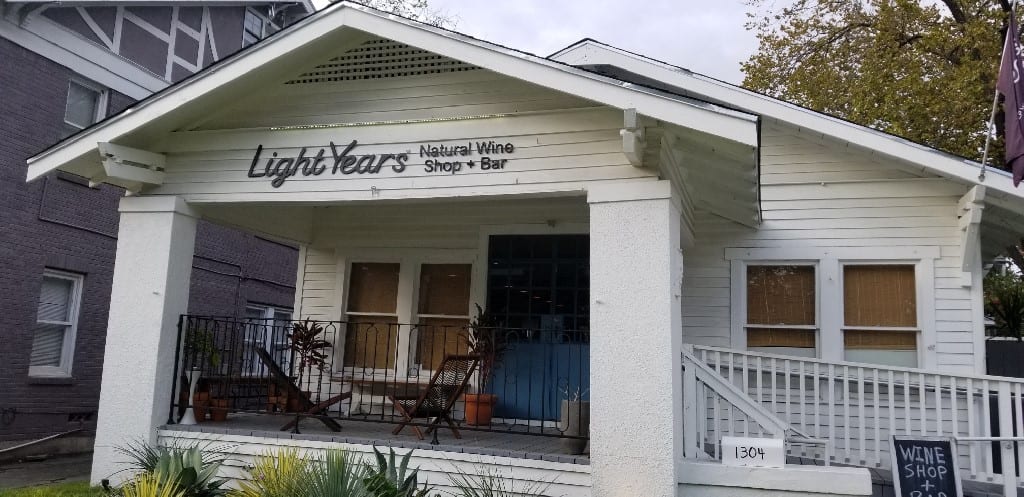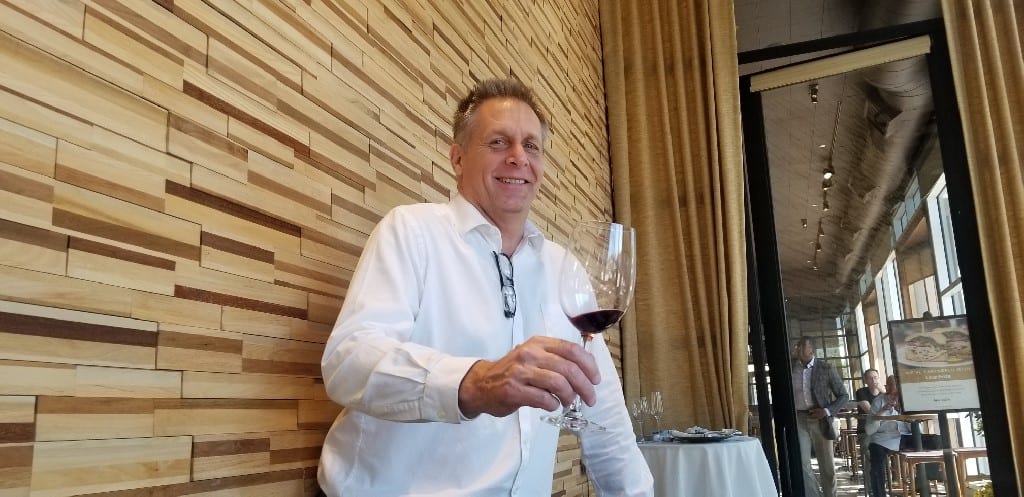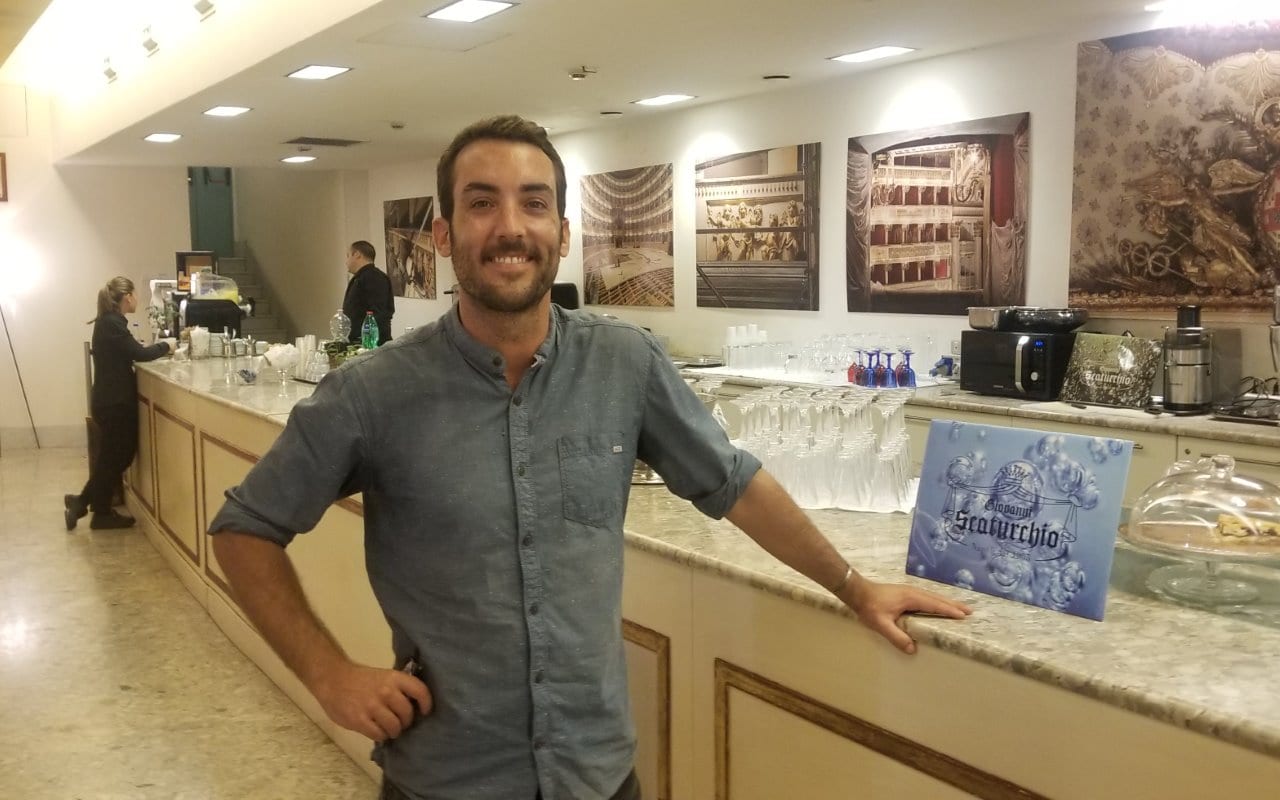Willamette Valley’s other varietals
Of course when you think about the Willamette Valley in Oregon, you likely think of it as a land of Pinot Noir. Pinot Noir definitely reigns in the region and as a likely partner, Chardonnay is also planted and well-regarded in the Willamette Valley. But, the Willamette Valley is far more diverse than you might think it is and there are a number of producers who are working with other grape varieties and these grapes are well-suited to the region. I explored some of these grapes in my column in the Napa Valley Register, which you can read here.
Say ‘Napa’ and people think Cabernet Sauvignon. Say ‘Burgundy’ and people think Pinot Noir and Chardonnay. Say ‘Piedmont’ and people think Nebbiolo. Say ‘Oregon’ and people think Pinot Noir.
It is easy to think of the Willamette Valley in Oregon as one large Pinot Noir-producing region. After all, of the 24,436 acres* of vineyards, 16,536 acres* are planted to Pinot Noir. At the same time Pinot Noir was planted in the 1970s, Chardonnay was also planted. The Willamette Valley shares the same latitude as Burgundy, so it makes sense that if Pinot Noir is suited for the Willamette Valley, so is Chardonnay. However, there are only 1,941 acres* planted to Chardonnay.
29 October, 2019



 Lifestyle
Lifestyle














